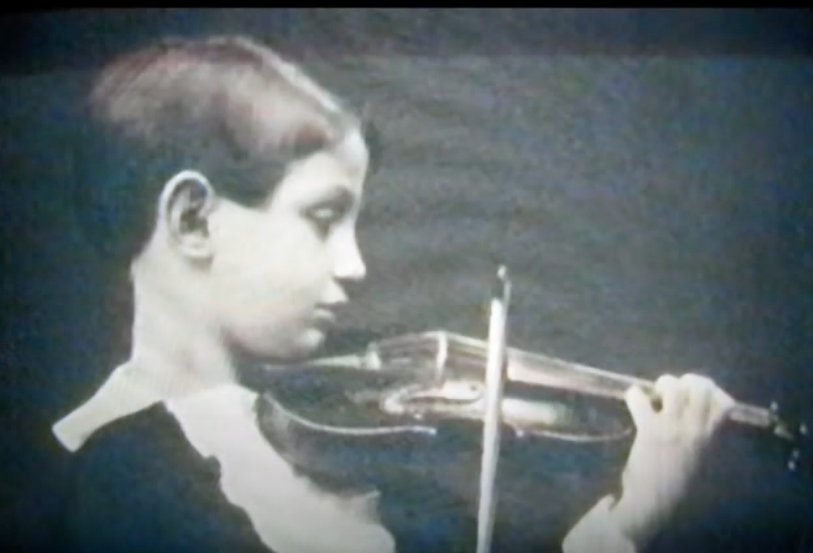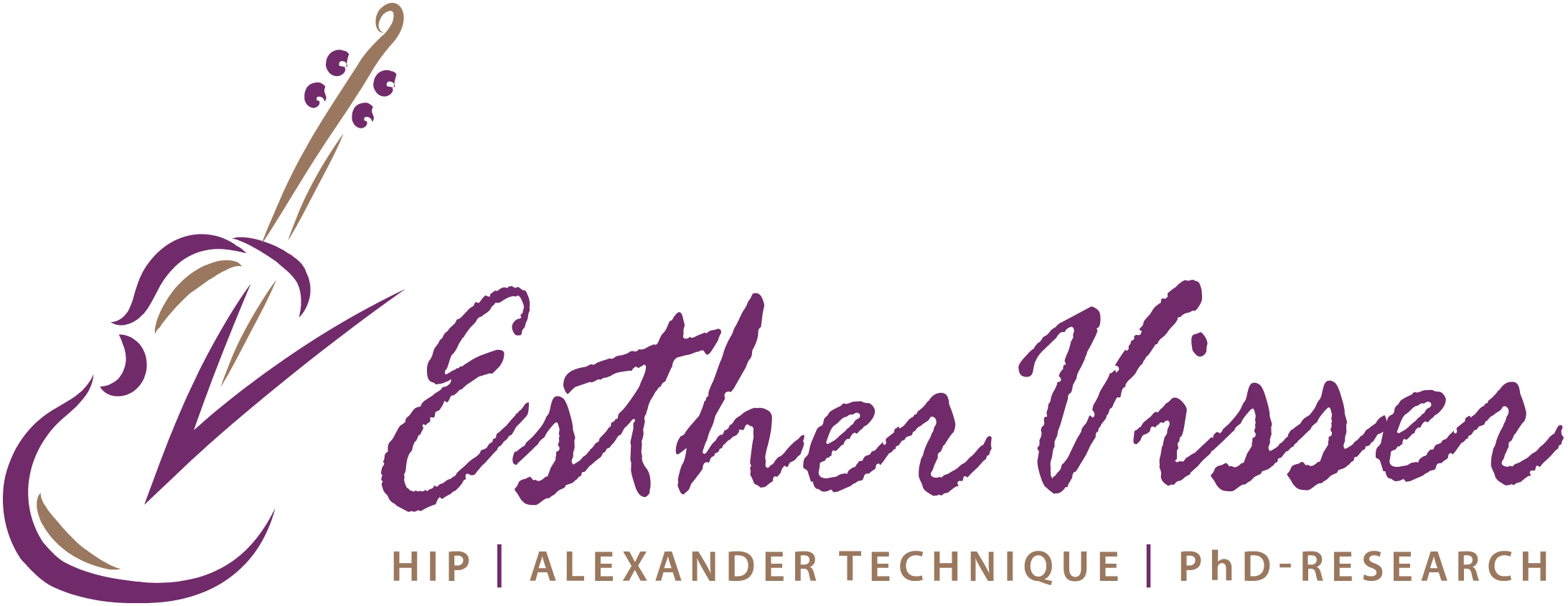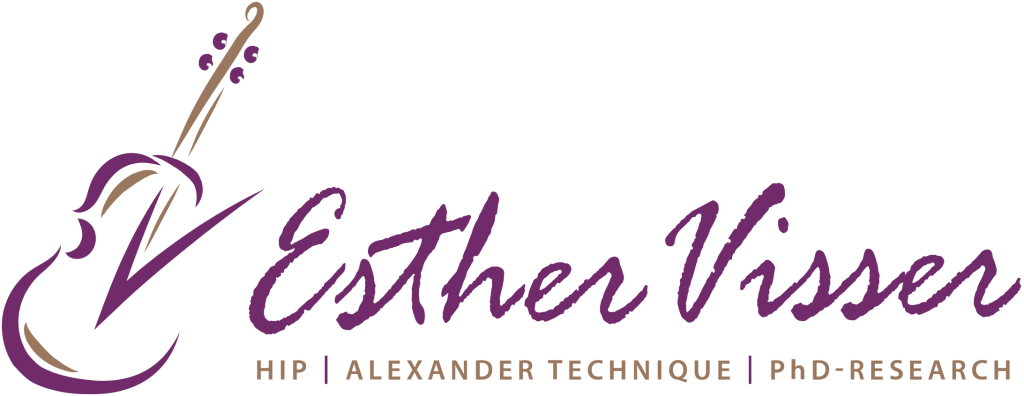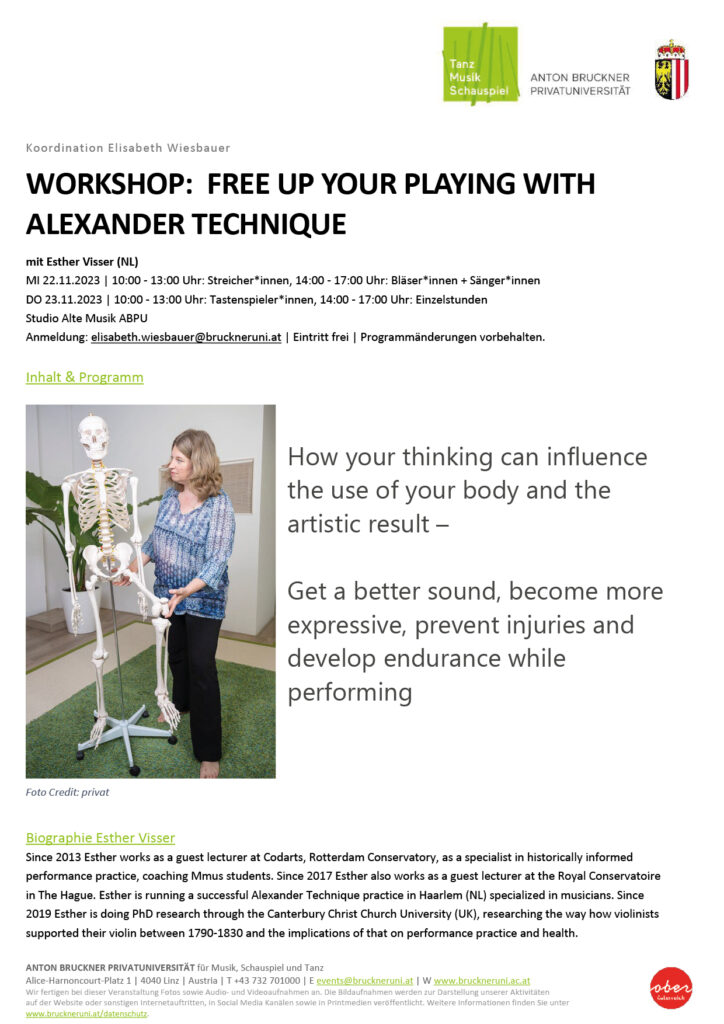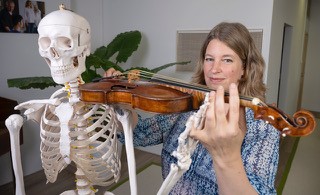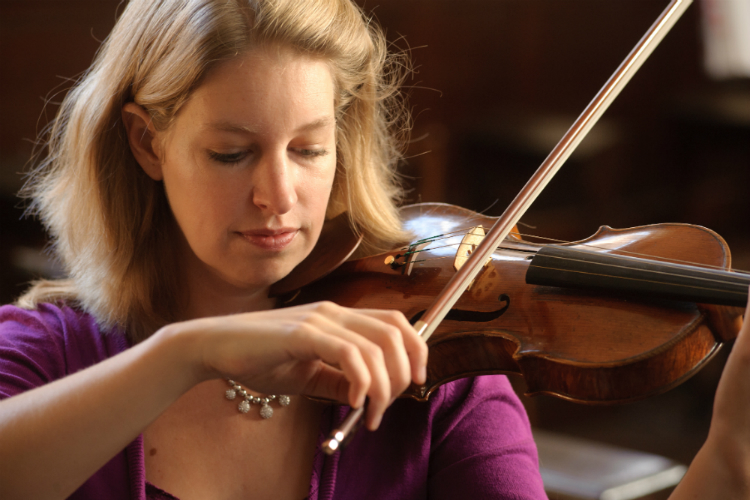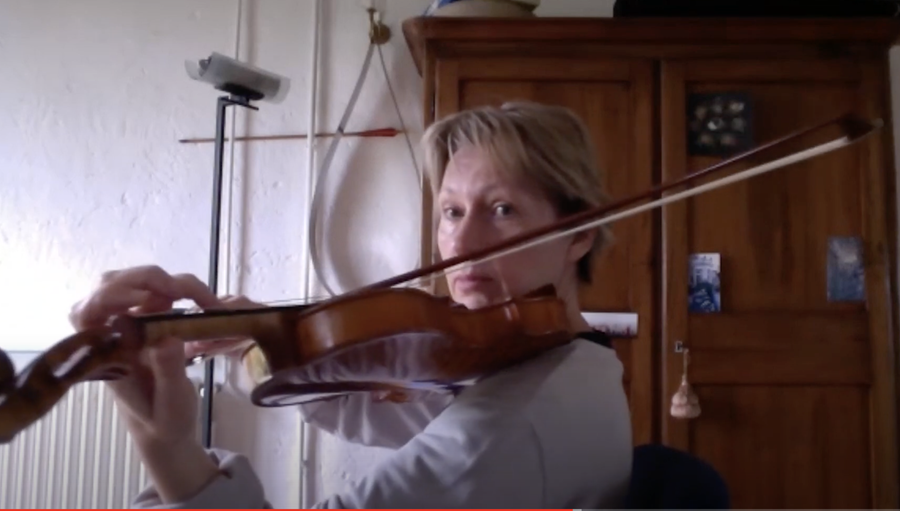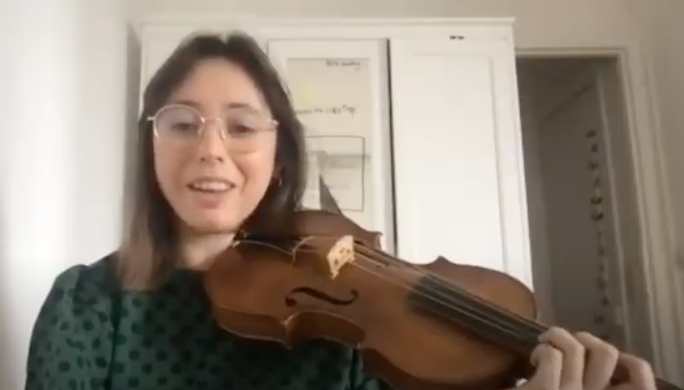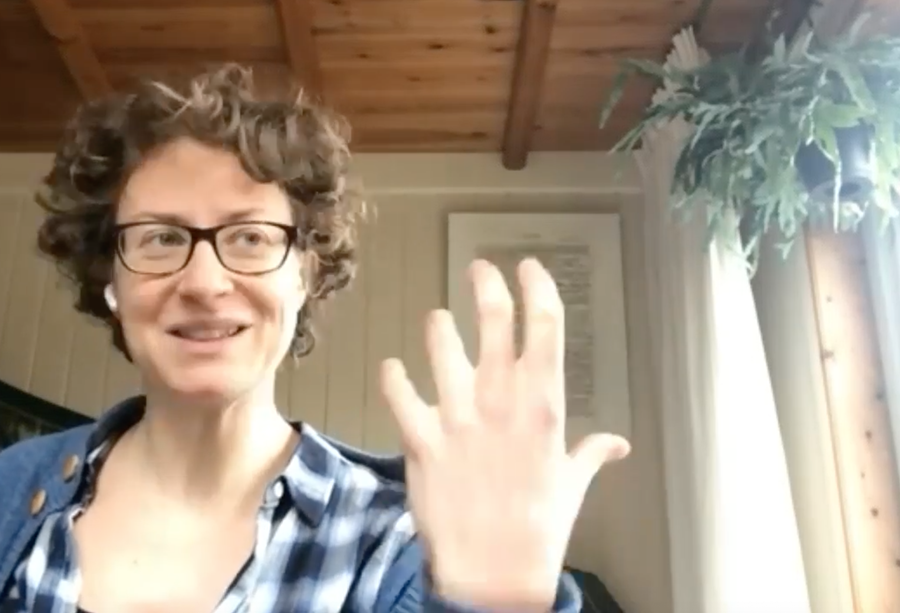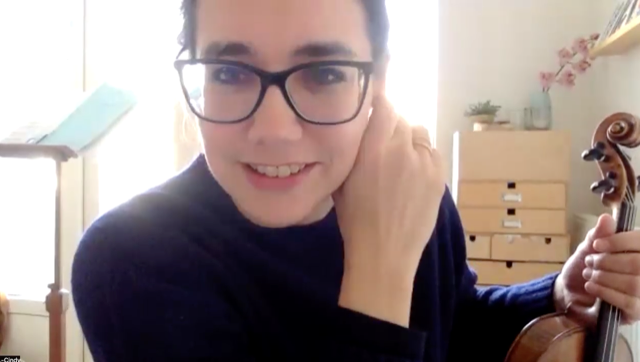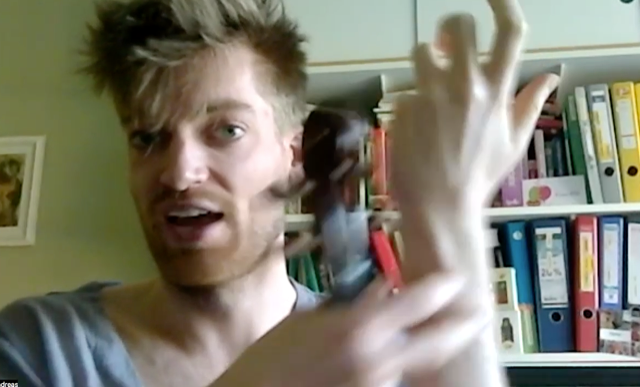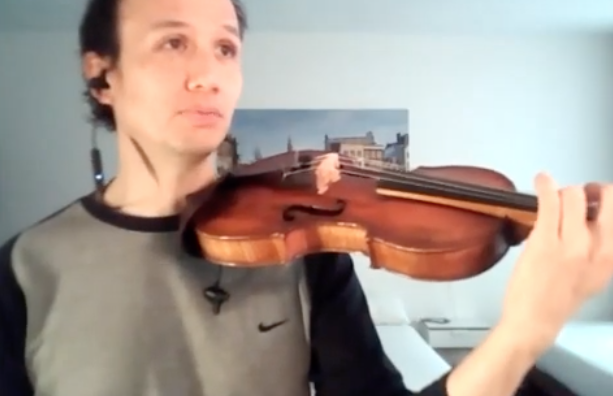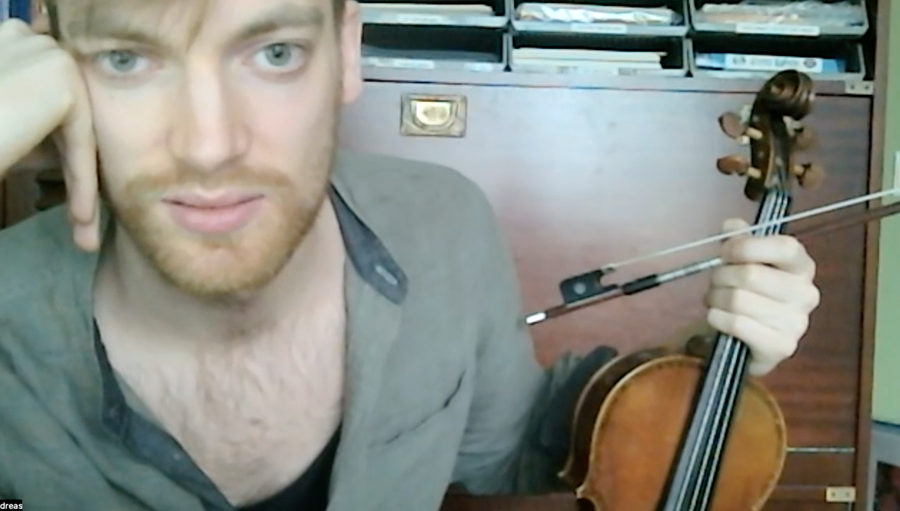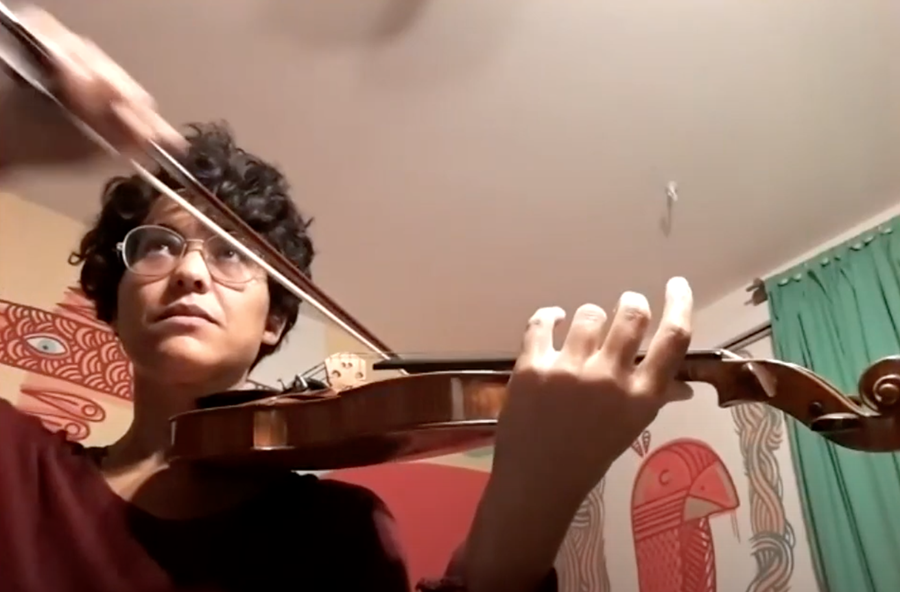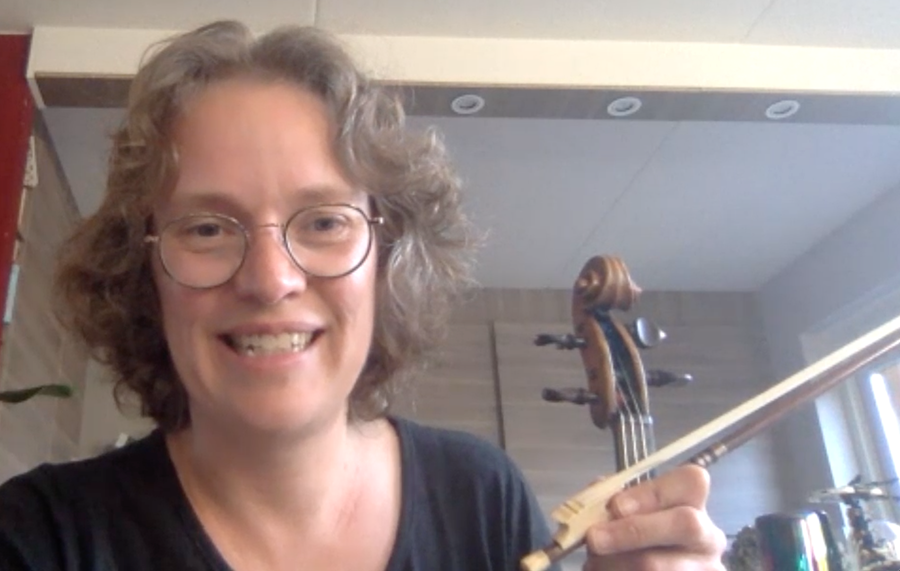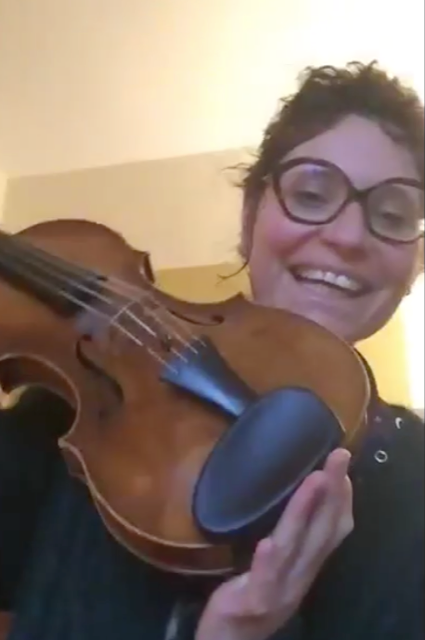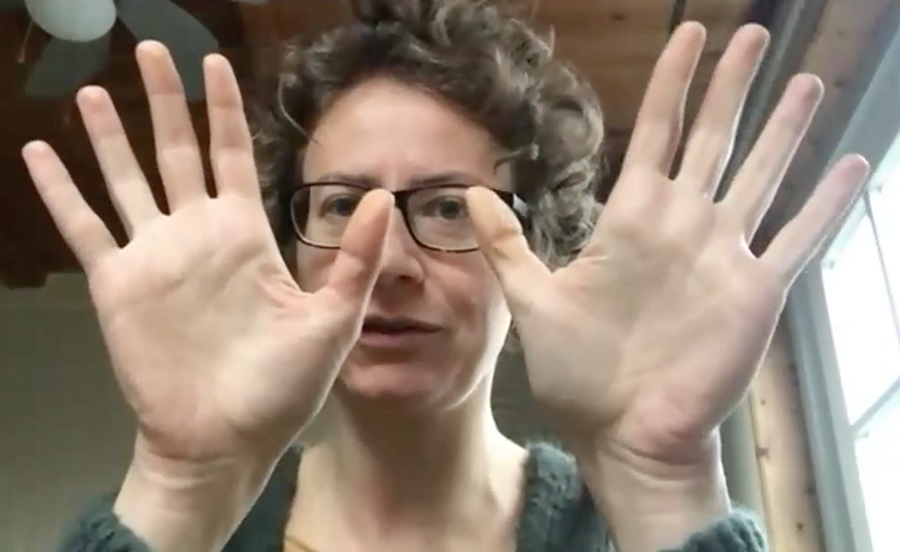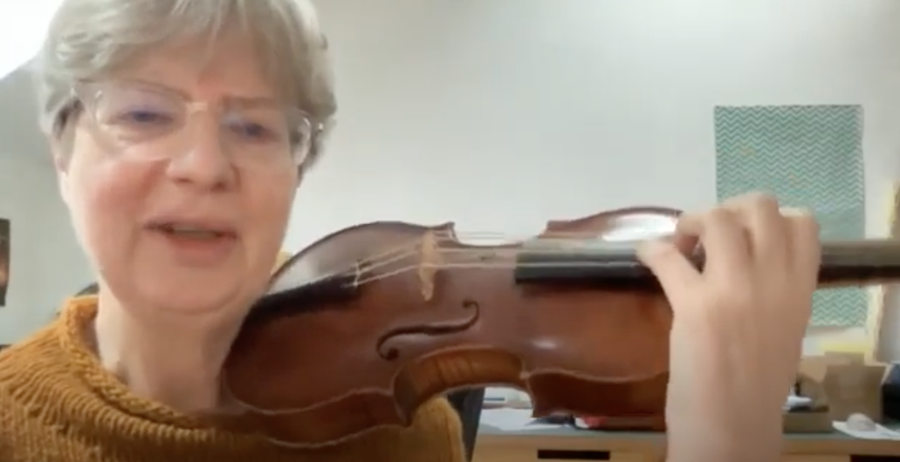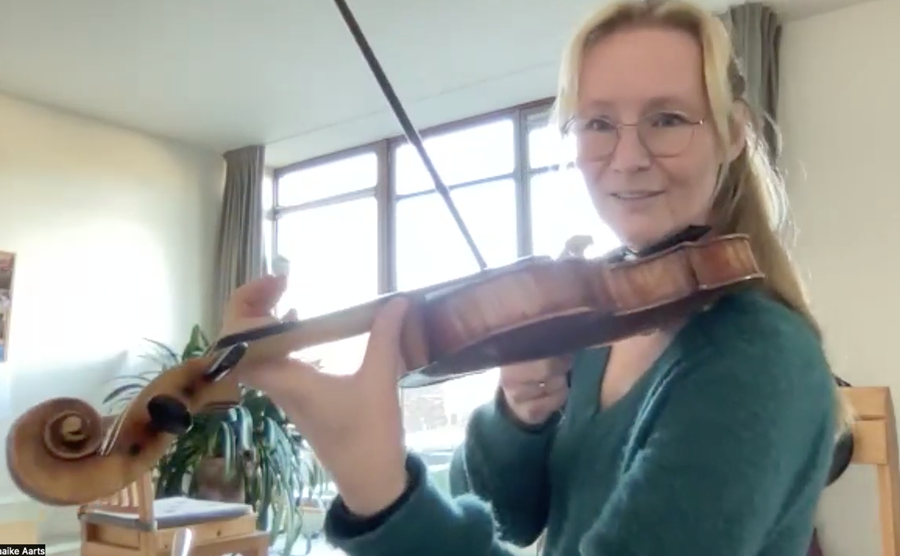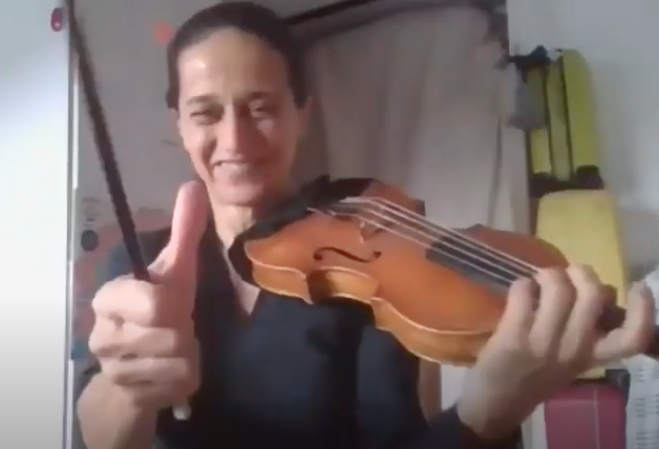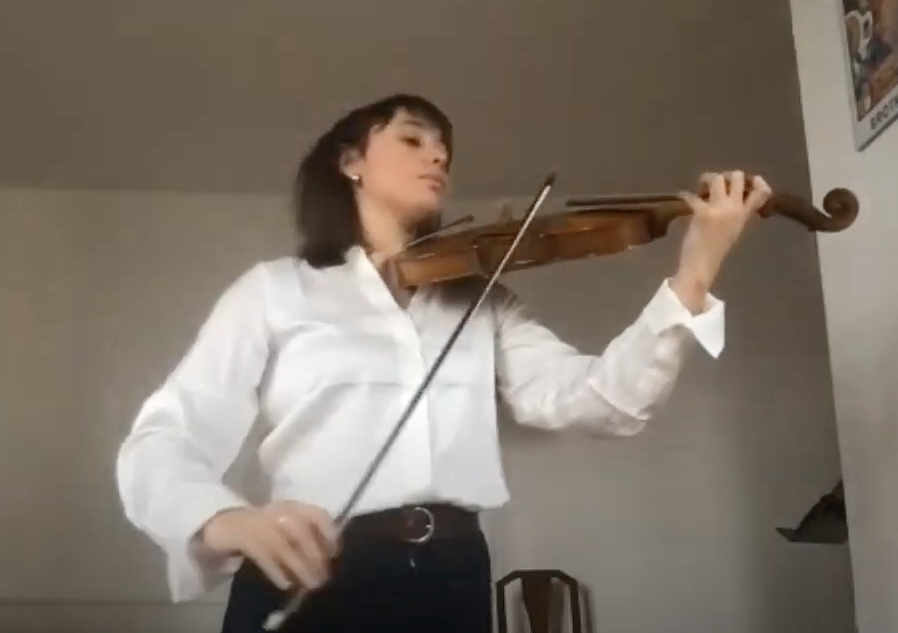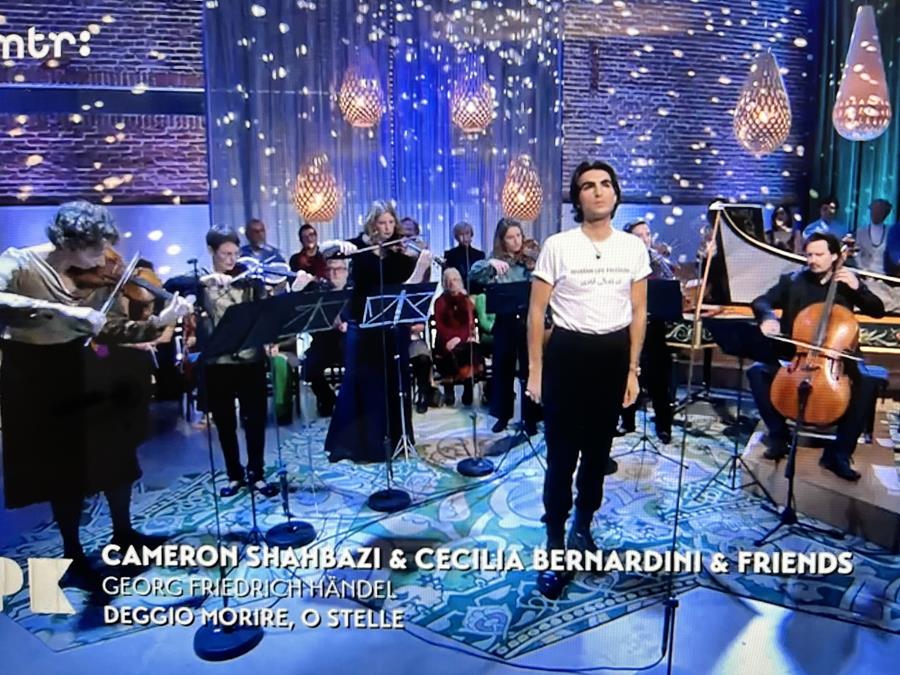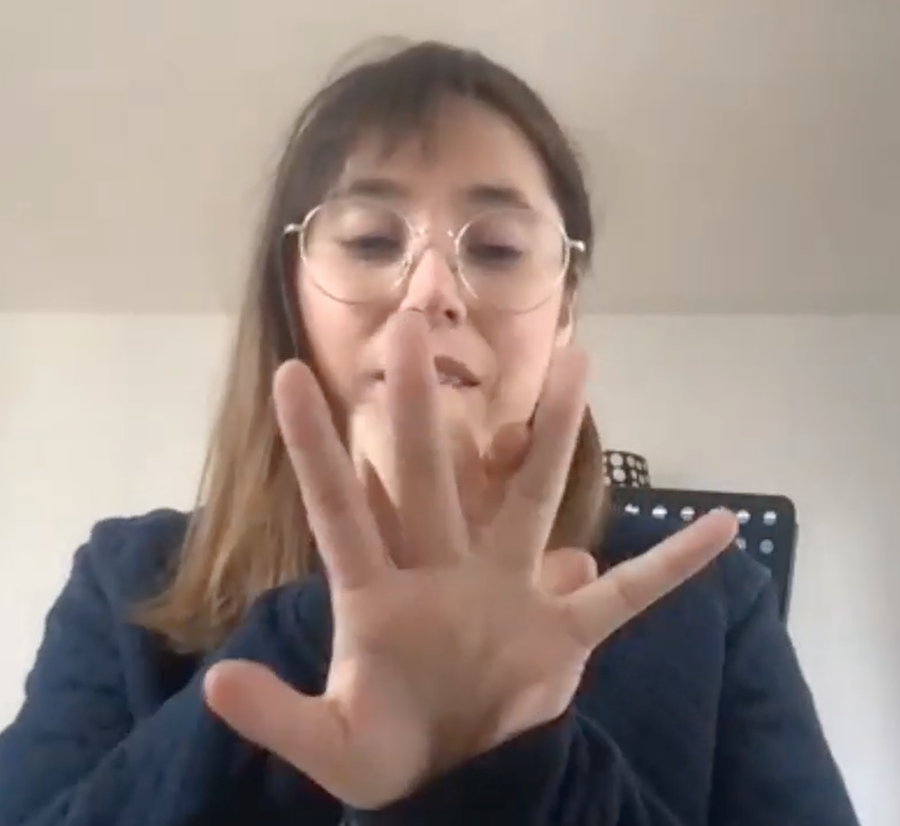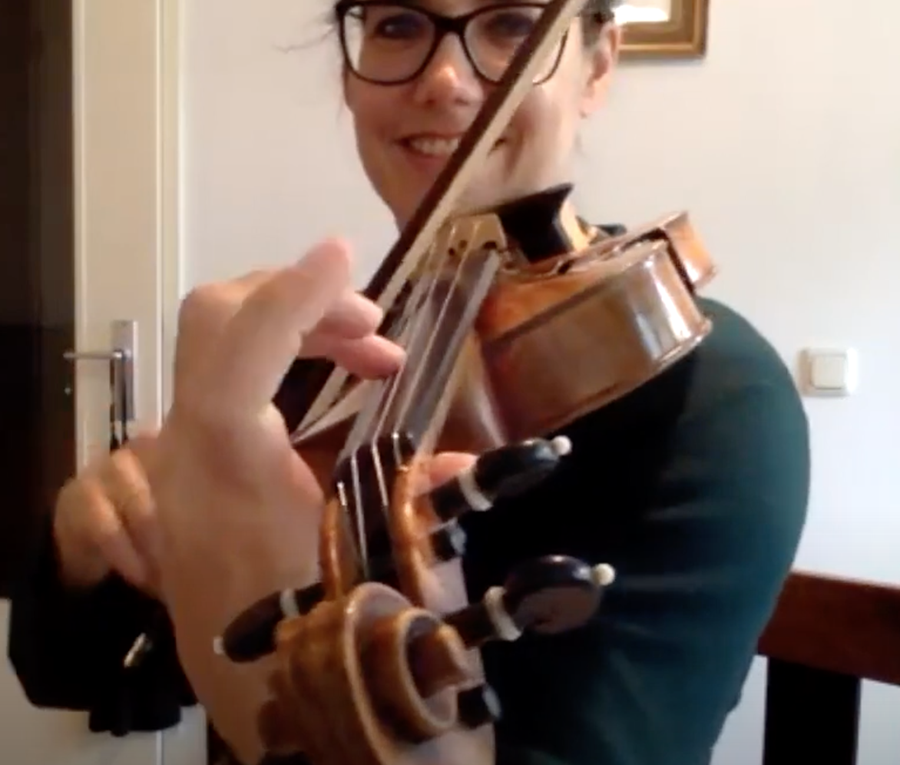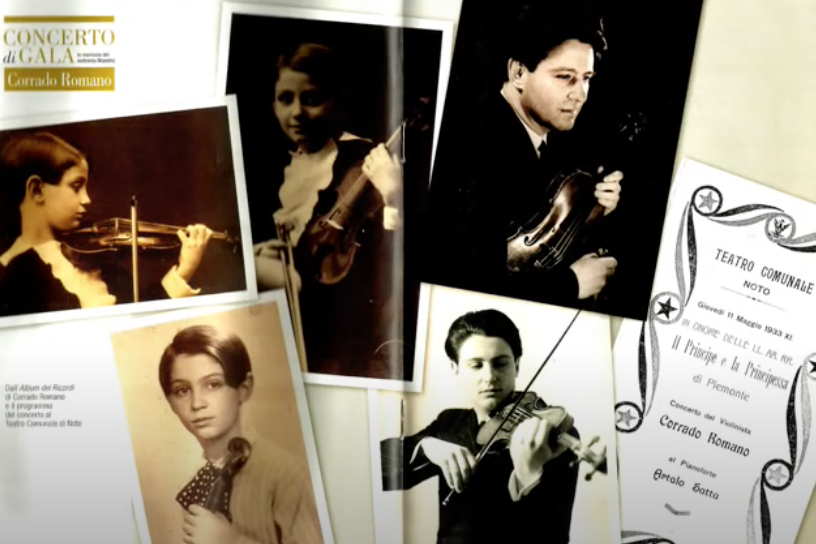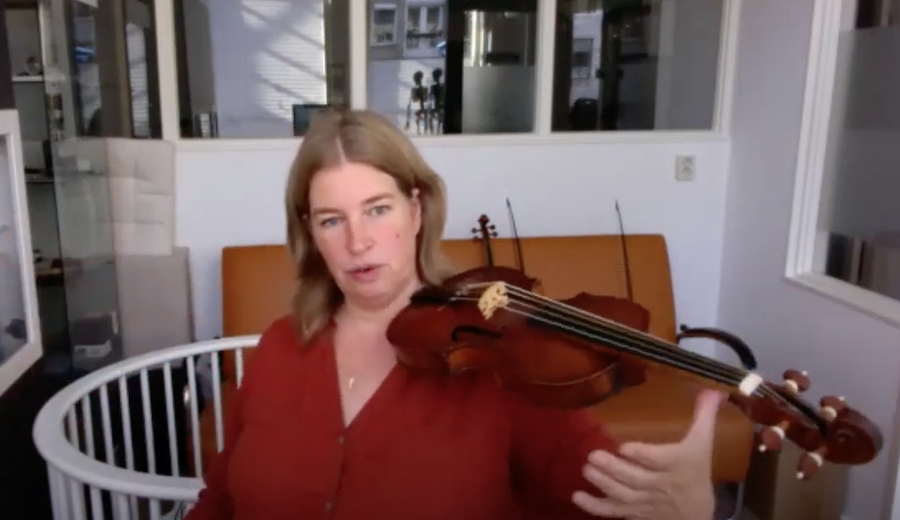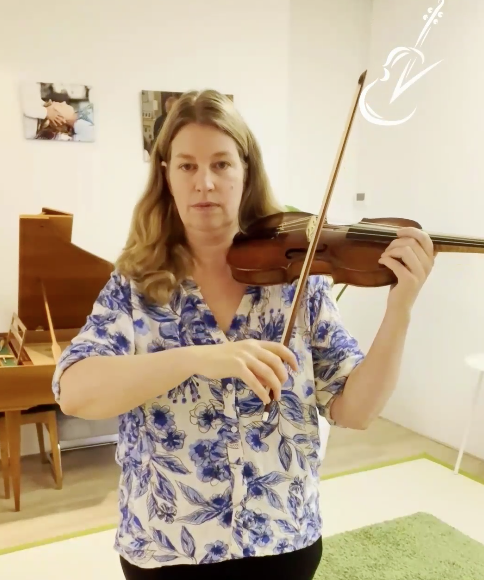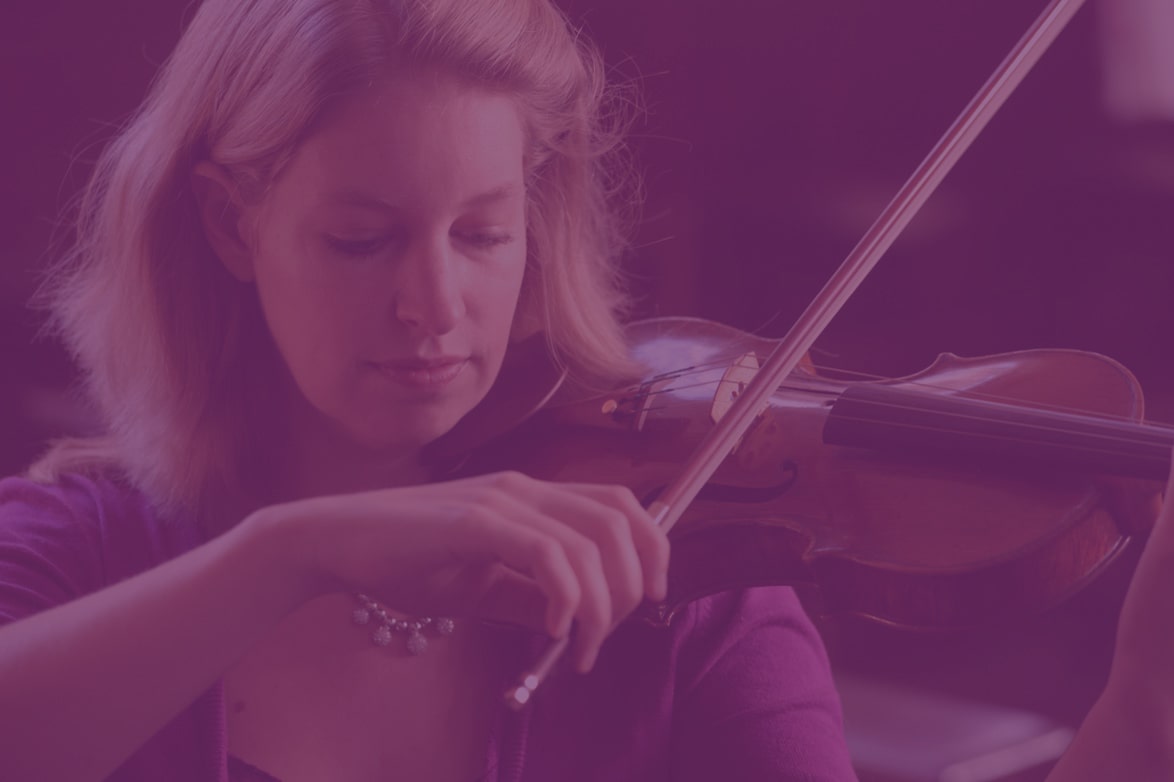
Research
Hi everyone,
The fifth week of my experiment on playing without a shoulder rest and / or chin rest is almost finished. Here are some updates and some feedback.
Thank you for sending me your videos, it’s really important for my research. Please keep doing it. We are at different stages, many people were having the half term holidays and got a little delay in the project because of that, going away with the kids etc. So, most people are in lesson 3 or 4 by now, that is completely fine. My newsletters will be a bit more general because of that.
Last week, some more new participants joined as well, welcome! Many people also filled out the entrance survey. Thanks. If you didn’t do it yet, please do so before you start the lessons.
If you know more people who like to join, this is still possible through my website. If you missed the newsletter last week, you can still read it here. There is a collection of past newsletters at my website available too.
Please be welcome to join the Zoom session next Wednesday 11.00 AM (Dutch time) if you want… Just to meet or to ask some questions. Would be nice to meet up. You can watch Zoom sessions back on the login page where the video lessons are, as well.
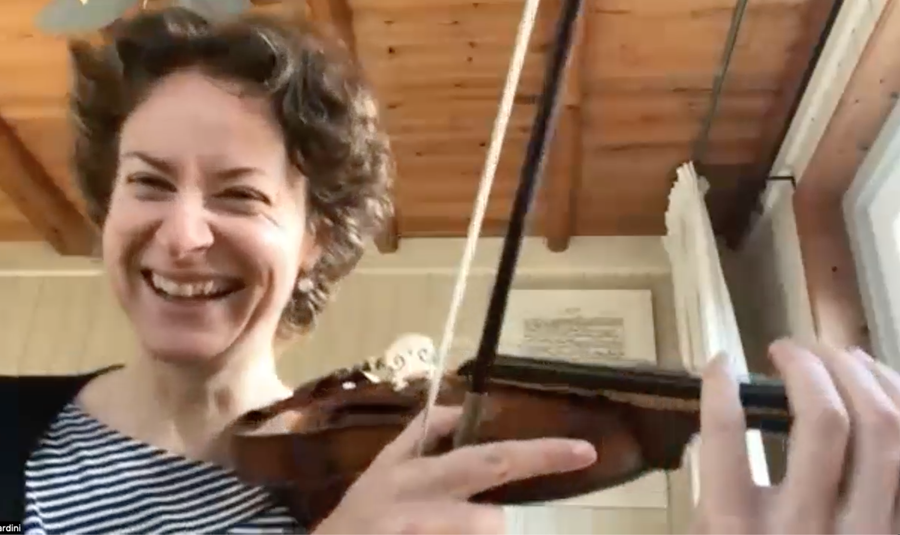
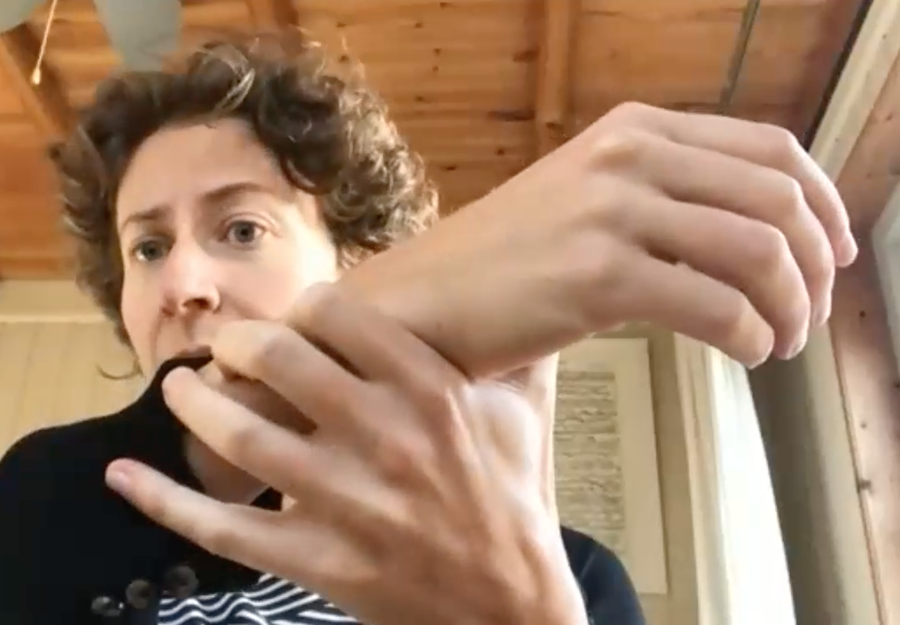
Fifth Zoom session
Last Wednesday, we had a fifth Zoom session with some participants of this experiment. It was lovely. If you want to watch it: I recorded the session and there is a link to it in the login page under the video lessons.
Here is a summary:
We had 5 people joining from Germany, Sweden, UK, Switzerland and The Netherlands. The first to join was Cecilia Bernardini, a baroque violinist who played modern violin for long time and changed to baroque later on in life. Just like myself. For a while she played both, at a high level. We share the experience that changing from baroque to modern was much harder than the other way round, and playing on gut strings is teaching very valuable things for playing on modern strings. When she changed to baroque playing, no one really instructed her how to support the violin, she mainly taught it herself. She sometimes visited Clive Brown (violinist and professor in Musicology, writer of the famous book ‘Classical and Romantic performance practice 1750-1900) and discussed with him issues about supporting the violin. We discussed about whether going first with the fingers or first with the thumb in Classical repertoire, really interesting. She also told us that the first lesson my experiment was easy for her, but the second already much harder, as she is used to touch the neck of the violin with the side of her index finger.
She very rightly commented that when she is not touching the violin with the side of the index finger, her violin position becomes less tilted, more flat, and that means this will influence the whole bowing technique. We were laughing, as that sounds quite dramatic, but I think for her that is not such a problem, talented as she is. In my opinion, the collarbone (and the way your skeleton is built up) defines the tilt of violin and we should not disturb that with ‘doing’ anything else with our left hand or shoulder. In the beginning, the G string might feel a bit ‘further away’ than we are used to, but in fact we can easily reach it, the elbow does not need to go up so much, isn’t it? We agreed that it is really important to have the right shoulder completely relaxed, not lifting the shoulder at all. We need a bit of practice to get familiar with this.
So, that is one of the big questions in my experiment: Does leaving the hand open (side of the index finger not touching the neck of the violin) ultimately give players for freedom in the left hand while still supporting the violin with the thumb and will this be fully applicable in daily concert life? I expect it will and I am very happy Cecilia and all of you are willing to test this in practice, together with me, fantastic.
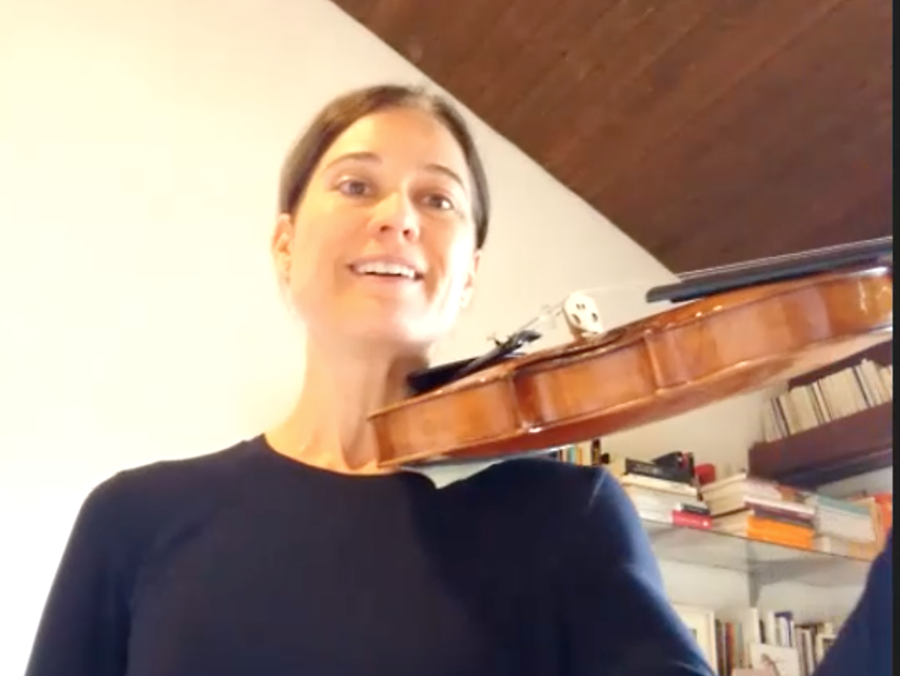
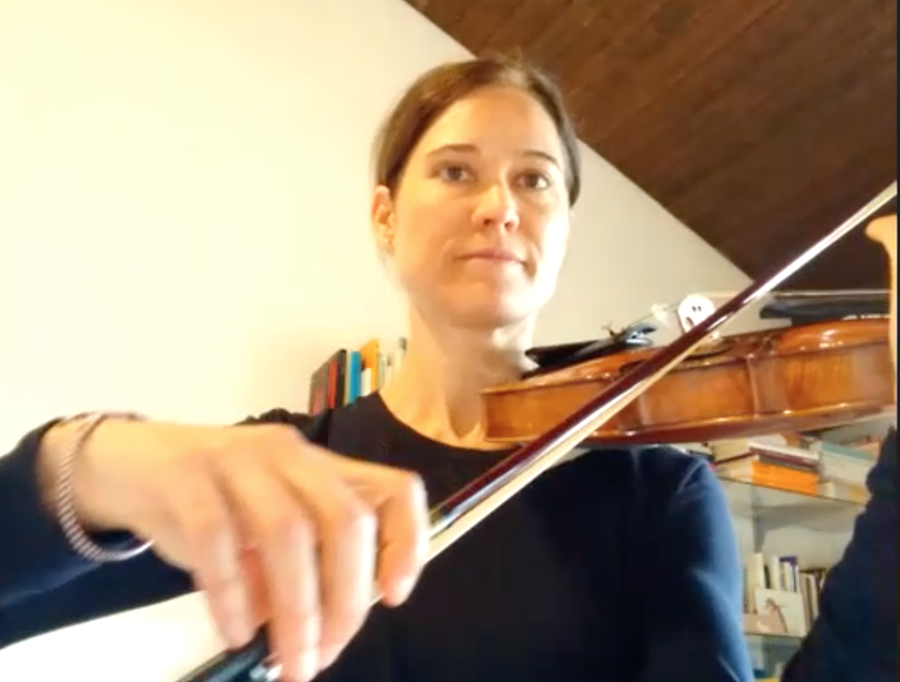
Isabelle Briner from Switzerland was also joining the conversation, she is a modern violinist who played for 20 years in the Mahler Chamber Orchestra. She tells us that is is a ‘1900 person’, she always has been interested in the great violinists form the 1900’s, like Igor Oistrakh, who all played without shoulder rest and some even on gut strings. She studied with Sylvia Rosenberg in the USA. Until 5 years ago, she played with a Wolff shoulder rest, but never was comfortable with using that. A colleague encouraged her to try and not play with a shoulder rest anymore, but did not give any suggestions on how to do that. She started experimenting, studied the great violinists, went back to her teacher Sylvia Rosenberg because she plays without a shoulder rest. However, Sylvia does not really teach how to play without. Sylvia studied with Galamian herself.
Isabelle is now in the stadium that she does not feel completely comfortable playing without a shoulder rest, but also does not feel weel anymore when she is using one, so she feels ‘in between’. So she is happy with this experiment, bringing her to a new level in that. Her collarbone is quite prominent. We talked about it that Sylvia thinks that the violin is placed on the shoulder itself. I (Esther) interviewed Sylvia Rosenberg when I was at Aspen Music Festival and she told me the same then. Not concentrating on the collarbone. There is a kind of exercise from Galamian where he places his left hand on his right shoulder the let the left shoulder go up without lifting it, and then shift the left hand towards the violin. We discussed this together and tried it, but I (Esther) really think this goes against a lot of things from the Alexander Technique. It is closing the chest completely, not letting the shoulder joint be free. So, what Sylvia is suggesting, placing the violin on top of the shoulder joint, I think is sacrificing a lot of freedom of the shoulder joint. Isabelle had the same experience.
However, it will be a big change for Isabelle, as the G string feels much further away (as we discussed with Cecilia as well) and she needs to get used to leave her shoulders laying down in a more relaxed way, which will be very useful, I am sure. So happy that she is participating!
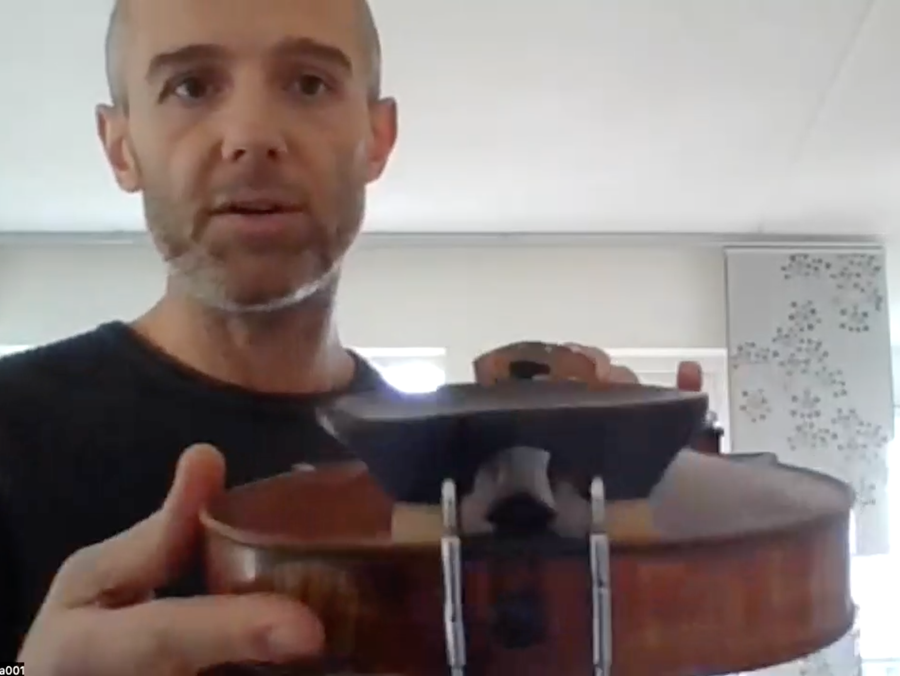
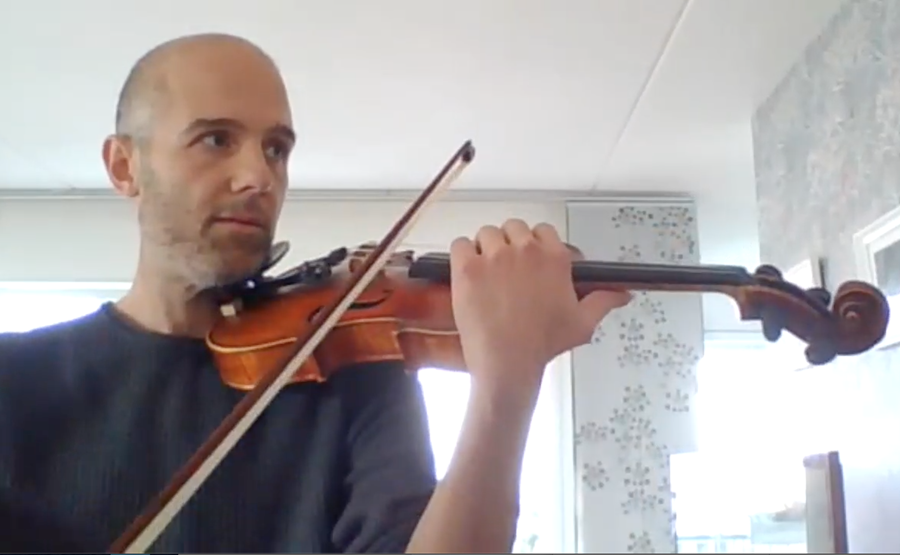
Attilio Vampere from Sweden told us that he is now at lesson 5, the glissandi, and that he now put chin chin rest in the middel and he made it a bit higher. Much better! But in the glissandi, he still feels the violin slipping away a bit. We observed together what was the reason for that.
We saw two things happening: The left thumb was a bit too much using the bony part of the thumb in stead of the soft part, which makes the contact more slippery. We also spoke about the pressure of the fingers on the string, which should be light. The second thing what we saw happening was a little bit of lifting in the left shoulder, still as a left over from the former use of a shoulder rest. We also spoke about moving the head on top of the atlas and whether or not to fill the whole space of the length of the neck (which we agreed is not necessary).
Luckily as a violinist and Alexander Technique teacher, he is very aware and can leave this living of the shoulder out quite easily. The glissando downwards felt more free and more easy now. Going well!
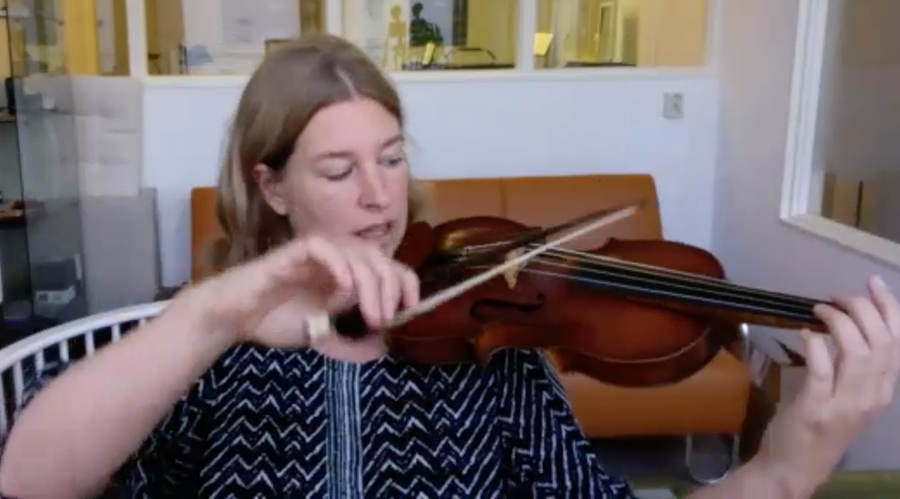
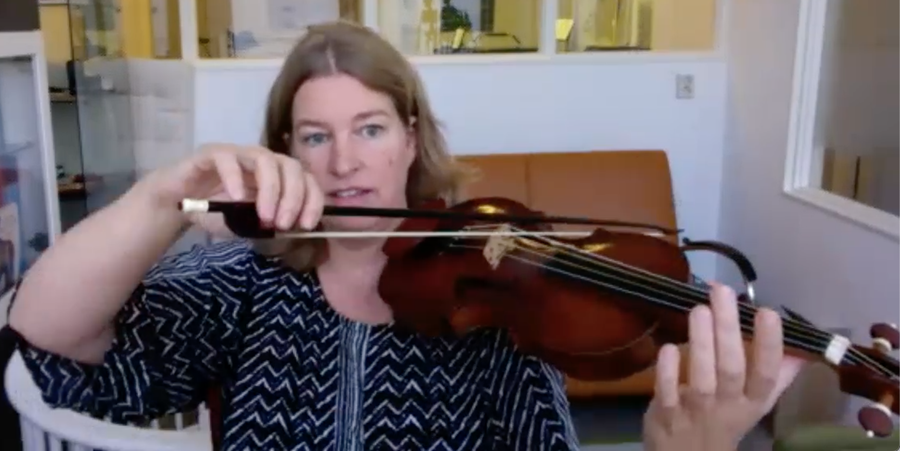
After that, we had some very nice philosophical discussions about changing habits, what it takes, ways of learning, violin education in conservatories, what is instinct, growing awareness while playing. Nicolette Moonen told us that she encounters a lot of resistant in her Royal Academy students in changing set-up, even if they are in pain. She just had a student not wanting to change, while one hour later she had a student telling her that leaving away the shoulder rest had been a game changer for her. However, it takes too far to write it all here I the news letter, so please watch the recording of the Zoom session at our log in page.
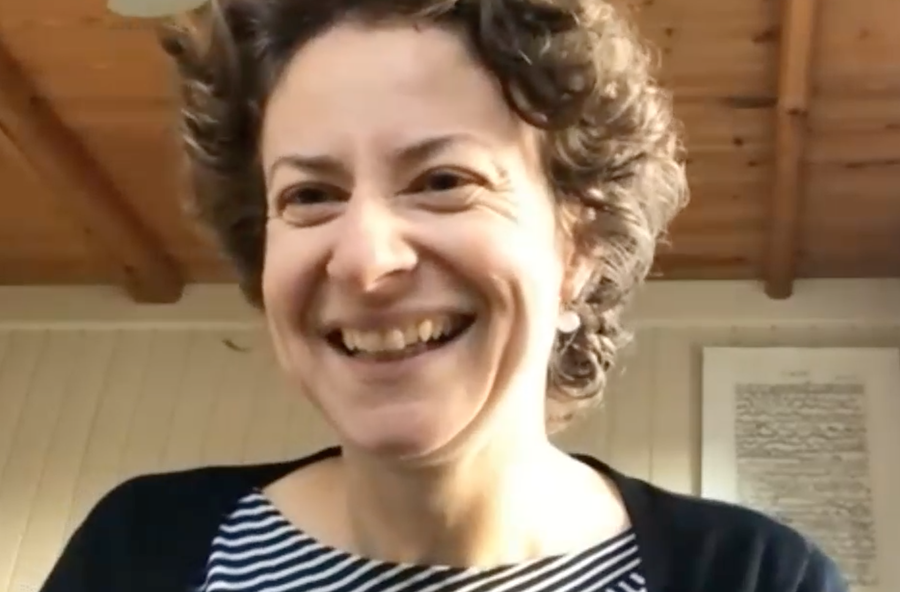
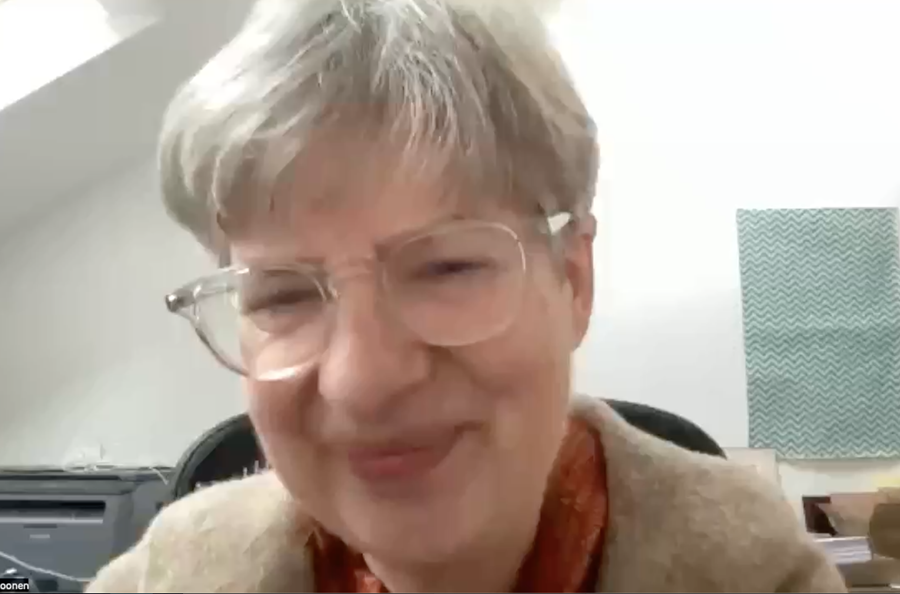
Some encouraging remarks for lesson 6
In this lesson we will start to make positions shifts downwards without losing the balance of the violin. First in a C Major scale and then in major and minor triads. The principle works the same as in playing glissandi, so I expect that this will prove to be not very complicated for most of you.
In general, I think around this lesson for most of the participants the new balance of the violin will become more and more ‘normal’, and if you had to adjust your intonation, probably by now your left hand gets accustomed to the new distances and proportions. Practicing the scales in lesson 5 and 6 also will help for that.
I am really looking forward to receive the videos of that lesson. It will be a nice basis for experimenting with vibrato and double stops in the weeks after this.
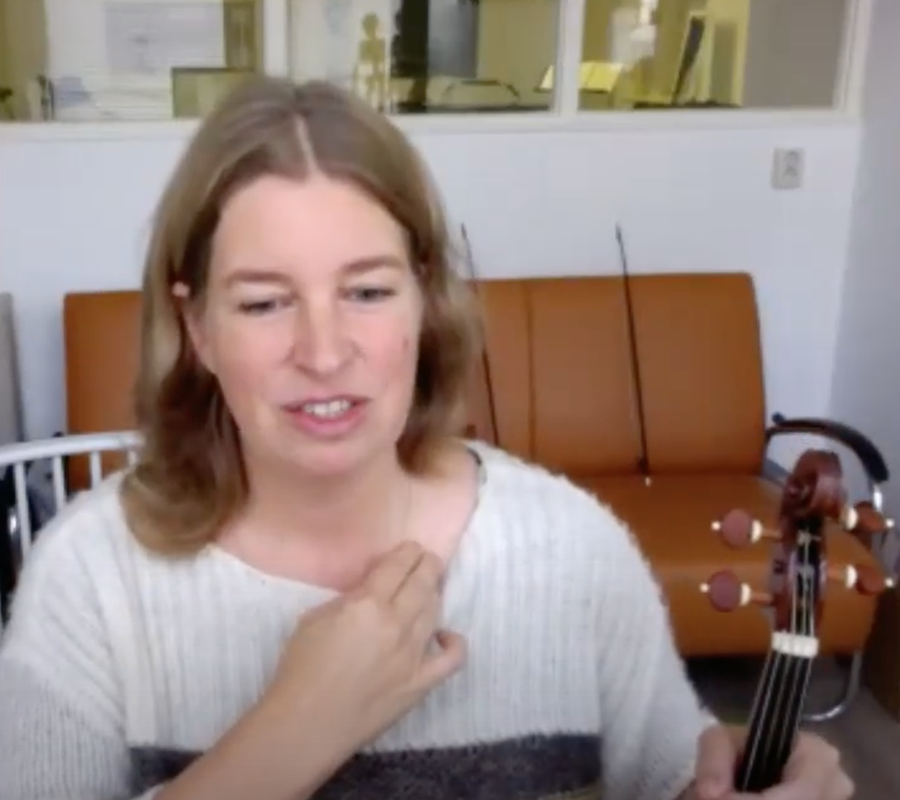
Please take your time
It is important that everyone in this experiment enjoys the curiosity we have, and take part in a joyful and playful way. In that way, we learn the best. Don’t try too much to ‘do it right’…and don’t hurry. If you need more time, just let me know, keep me informed, and we take a bit longer. No problem!
Best regards, please let me know if you have questions,
Esther Visser
